On This Day…February 11th
Infantry of the 2nd Gordon Highlanders take prisoners in the german border town of Kleve. The Second Battalion was ravaged by deaths and POWs taken in the Battle for Singapore in February of 1942, but reformed later that year and eventually fought from Normandy though to Germany.
The USS Texas (BB-35) at anchor, Hvalfjörðurn, Iceland. Photo taken on 11th February, 1942 from deck of HMS Fury.
The Texas was the first and oldest of the eight US battleships that became permanent floating museums; the others honored in this way are Massachusetts, Alabama, North Carolina, New Jersey, Missouri, Wisconsin, and Iowa, all featured in ‘On This Day...' Texas is also one of the oldest surviving modern naval ships; she will be 105 years old on 12 March, 2019.
On the 11th February 1945 this Douglas A-26 Invader of the 386 Bomb Group made an emergency landing at Nuthampstead airfield, England. Remarkably, when the 9th Air Force in the U.K. tried out the A-26's in late 1944 (previously using B-26 Mitchells and A-20 Havocs) they flew eight test missions without loss, soon converting all their aircraft to A-20's.
The ‘Rafwaffe' work on captured Junkers Ju 88 bomber and Focke Wulf FW 190 fighter in ‘RAF Enemy Aircraft' Unit at Collyweston, Northamptonshire, February 1945.
February 11th marks the anniversary of the German navy's successful ‘Channel Dash' from Brest Harbor in Western France to Wilhelmshaven, Germany. It was codenamed ‘Operation Cerberus' (for the Roman three-headed dog guarding the gates of Hades).
With radar in its infancy, heavy ships could still operate with confidence in the open seas, and by March of 1941, German battleships had sank more than twenty British merchant ships. This stranglehold on the Atlantic was had a terrible cost in supplies and life. This was not sustainable position for the British and the Battle of the Atlantic was a highest priority.
After the German battleship “Bismarck” was sunk in May 1941, the remainder of the German fleet found safety in the harbor at Brest, France. The RAF tried for months to destroy the German ships but they were well-protected by anti-aircraft fire and Luftwaffe cover. However, this was something of a stalemate. Finally, Hitler gave the order to bring the ships ‘Scharnhorst,' ‘Gneisenau' and ‘Prinz Eugen' back to Germany by the Channel route between England and France. In one of the many instances where Hitler was in direct opposition to his High Commanders, he forced through his strategy; this time, Hitler was proven correct with the operation a great success.
The convoy, which included six destroyers, left Brest harbour on February 11, 1942, shortly after Britain's submarine ‘Sea Lion' ended her watch. Malfunctioning radar systems in the British spotter planes, allied with heavy cloud cover prevented the convoy from being discovered. By dawn of February 12th, the convoy was sailing south of England in heavy fog conditions.
(Prinz Eugen)
At Dover (South East England), gun batteries engaged the Germans but the shells fell well short of the convoy. Swordfish aircraft also failed; all six planes were lost in the attack thanks to the Luftwaffe flying cover commanded by Adolf Garland (‘Operation Thunderbolt'). In fact, the Bf 109's of JG-1 and 2 needed to drop their undercarriages to slow themselves down to properly sight and engage the biplanes. JG-26 took over cover duties with FW190's.
No British attacks were particularly successful, due partly to faulty communications at the RAF, the weather, and using outdated aircraft. One of the pilots flying the few Spitfires available was Canadian Barry Needham, see below.
By first light on February 13th, the German convoy successfully sailed into the port of Wilhelmshafen with a loss of just one of their minor escort ships and seventeen fighter planes.
This photo of a Tiger was taken in Ssernokowo, Southern Russia on 11th February, 1942. Commanded by Lieutenant Zabel of the 503rd heavy tank division, this tank took over 250 hits from enemy fire. Although sustaining damage to suspension and fuel systems, the Tiger made it home to base with all crew intact. This, despite 227 AT Rifle hits, from 45 and 57mm guns...and 11 hits from 76mm guns.
Nice shot of the carrier USS Carl Vinson (CVN 70) enveloped in fog on February 11th, 2014, at berth in San Diego.
Churchill bridgelayer and fascine carrier in the Reichswald forest, 11th February 1945.
Cruiser Juneau in New York Harbor, United States, 11th February 1942.
A few minutes after 1100 on 13th November, 1942, while underway for repairs following damage taken at Guadalcanal, Japanese submarine I-26 launched three torpedoes aimed at the USS San Francisco.
Although the torpedoes were intended for San Francisco, they passed ahead of her, with one striking Juneau in exactly the same place that she had been hit during the battle at Guadalcanal. Juneau broke in two in a massive explosion and disappeared in seconds. Fearing more attacks from I-26, and wrongly assuming from the massive explosion that there'd be little chance of survivors, nearby Helena and San Francisco departed without searching for survivors.
In reality, however, than 100 sailors had actually survived the explosion and the sinking of Juneau. In a tragedy horribly prescient of the USS Indianapolis, the survivors were left to fend for themselves in the open ocean for eight days before rescue aircraft finally arrived. While waiting for rescue, all but 10 sailors died from exposure and shark attacks, including, (in)famously all five Sullivan brothers.
Survivor accounts report that two of the five brothers apparently survived the sinking, only to die in the water. Witnesses indicate the fifth brother also survived the sinking, but disappeared during the first night when he left the raft and entered the water, for reasons unclear. On 20th November 1942, USS Ballard recovered two of the ten survivors. The men were found in separate rafts around five miles apart, with one of the sailors reporting that he had been with a Sullivan brother for several days after the Juneau's sinking.
The Sullivan brothers...
George Thomas Sullivan, 27 (born December 14, 1914), Gunner's Mate Second Class.
Francis Henry "Frank" Sullivan, 26 (born February 18, 1916), Coxswain.
Joseph Eugene "Joe" Sullivan, 24 (born August 28, 1918), Seaman Second Class.
Madison Abel "Matt" Sullivan, 23 (born November 8, 1919), Seaman Second Class.
Albert Leo "Al" Sullivan, 20 (born July 8, 1922), Seaman Second Class.

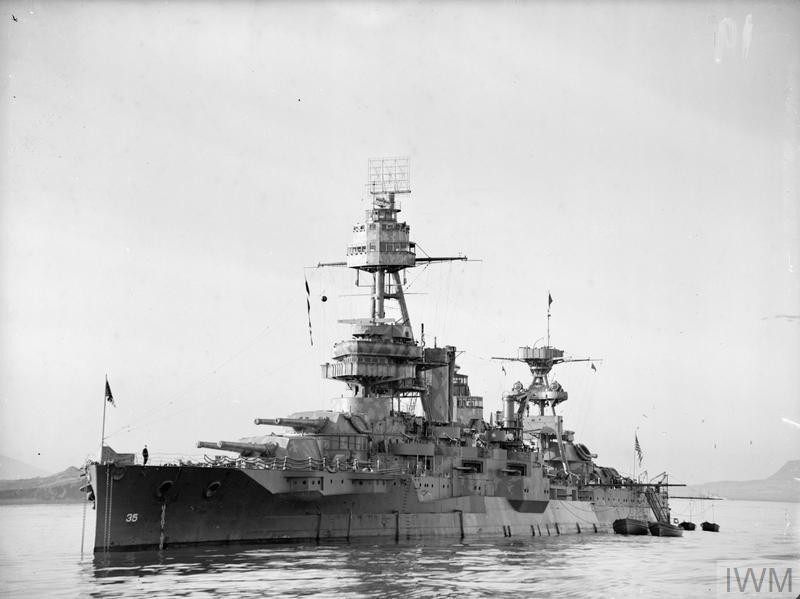


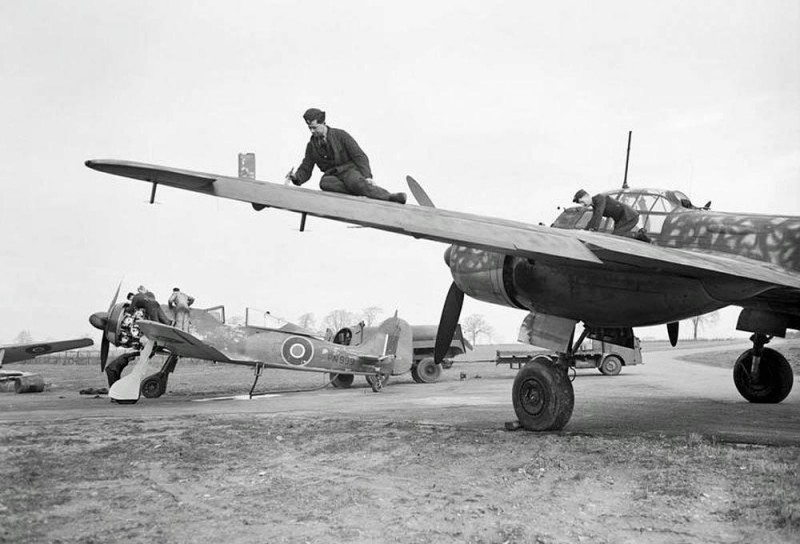

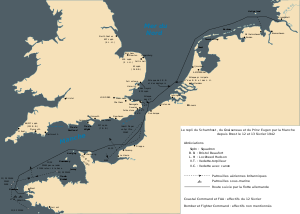
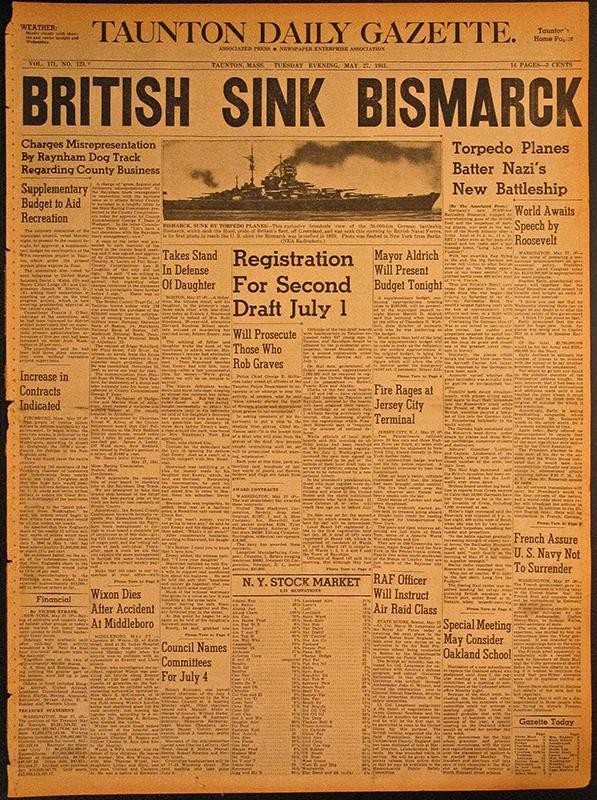




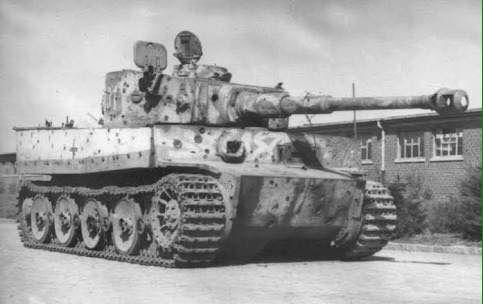
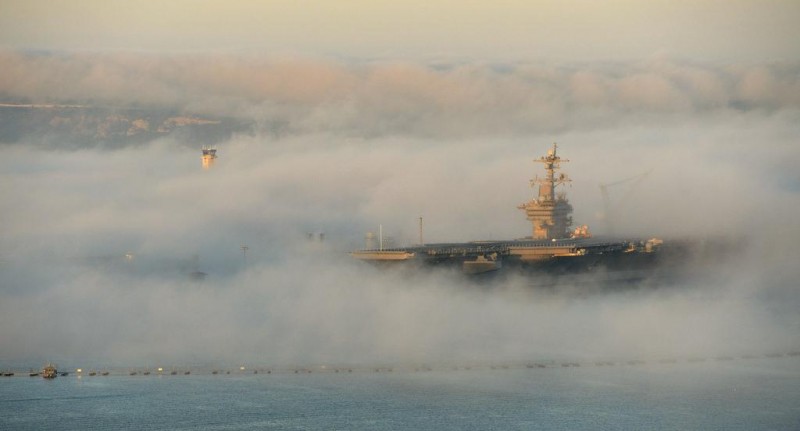
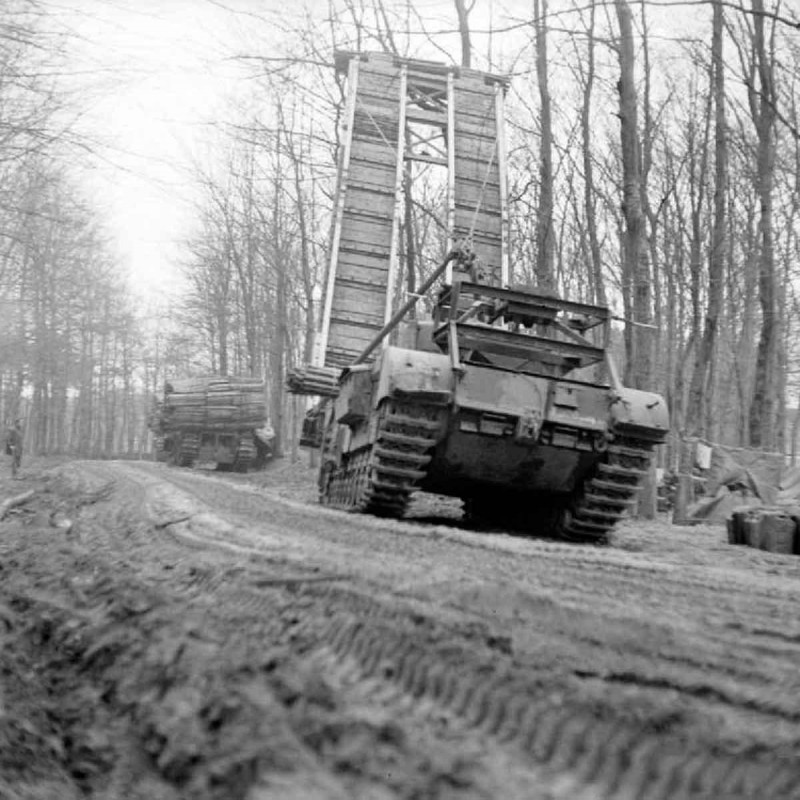
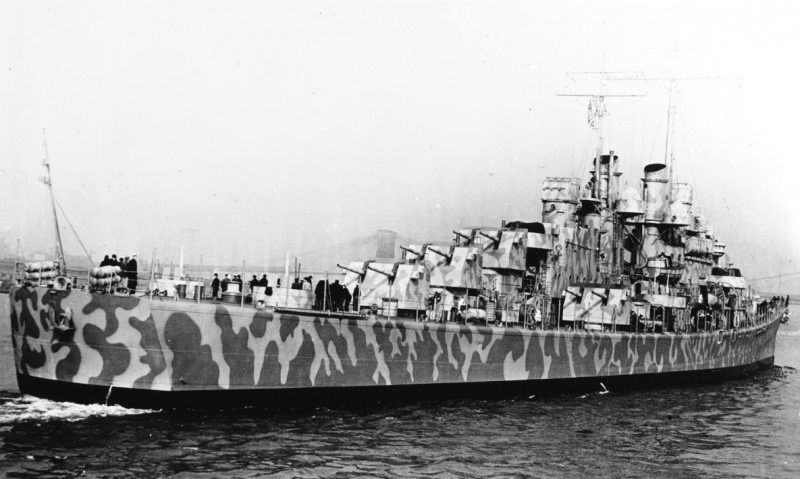

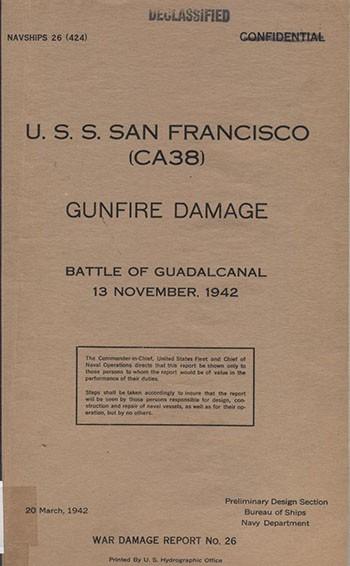
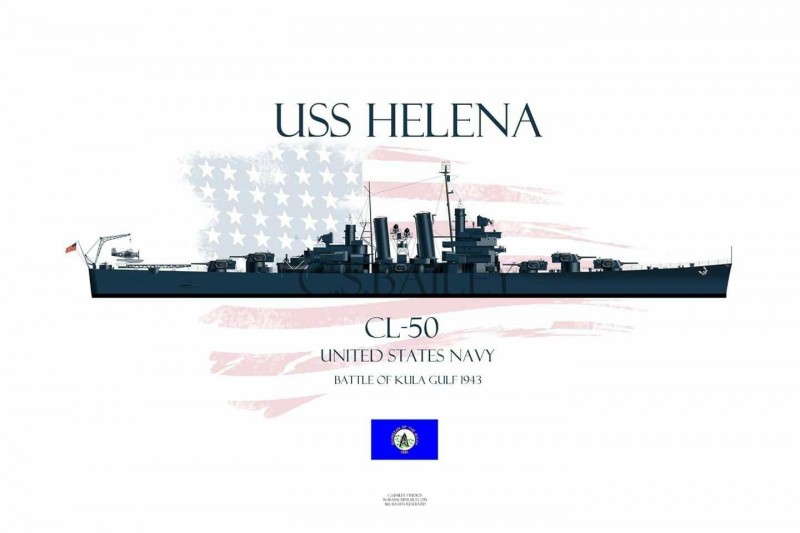

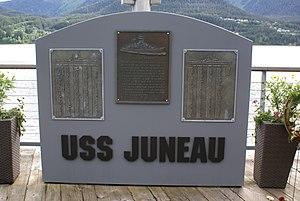



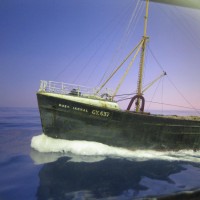
You covered a lot of history today, my friend. Excellent photos and stories ... as always.
Bravo!
Appreciated, Jeff. I’d heard of the Sullivan brothers before, but never what actually happened to them. Deeply sad.
iconic shot of the "Tommys"...a lot of fine stuff here
I think the face of the German looking directly at the camera is fascinating. His expression is so difficult to read, which I guess betrays perhaps the range of emotions he’s going through.
Well done David. Thanks.
A pleasure, Gary.
Well done. A whole lot of history today.
Today would have also been my father’s 100th birthday. Captain Clifford James Rodgers, US Army. He was an engineer and helped build the AlCan highway in 1942. He later went into France just after D-Day. He and his men served across Europe and his company was responsible for disarming the mines and repairing the Ludendorff bridge at Remagen after its capture. This was the last bridge standing across the Rhine and they kept it open for a few days before it finally collapsed killing 18 of his men.
Hi Tom. Thanks for sharing your father’s story. My hopes when I started this series were that I’d learn a little to keep the grey matter active, and that iModelers would add their own stories and thoughts. Your post is a perfect example of fulfilling this in the best possible way.
Much appreciated, to your father also.
@trod348
Thanks.
A wealth of info today!
It’s funny how some days there’s just not a lot going on, even in the middle of a war. Other days...are just different.